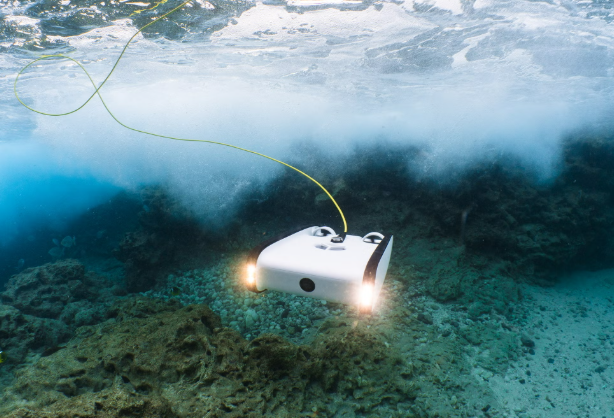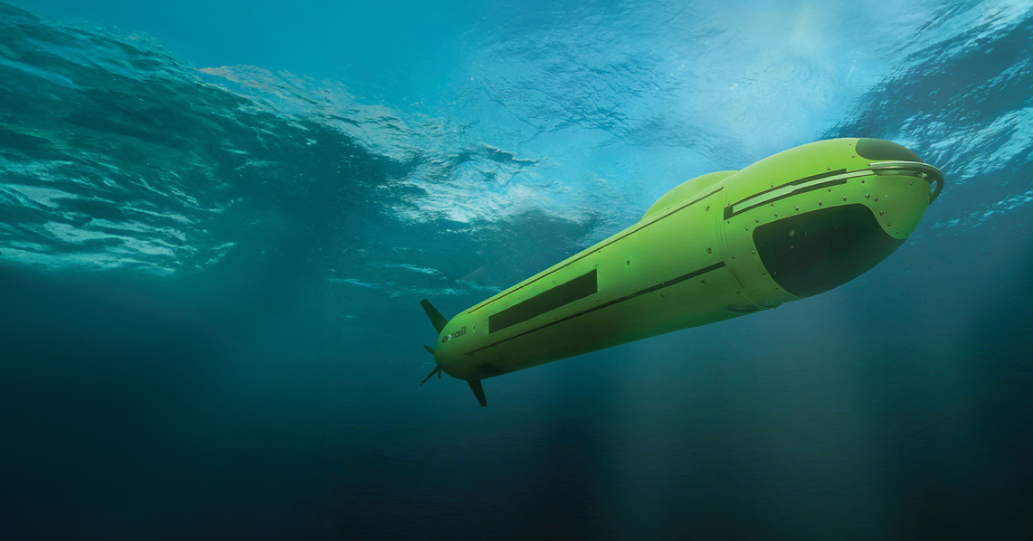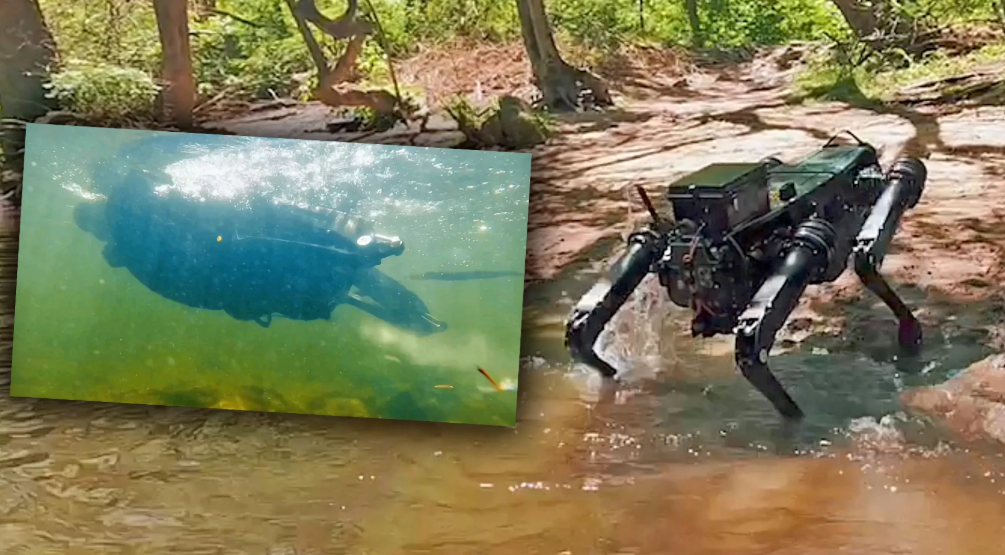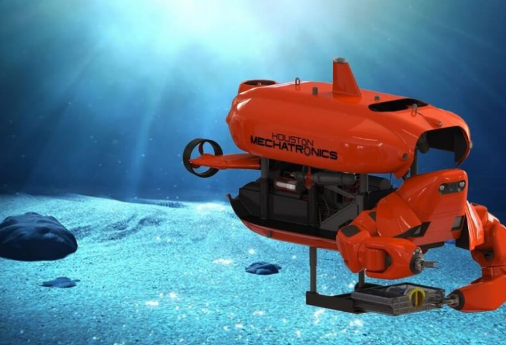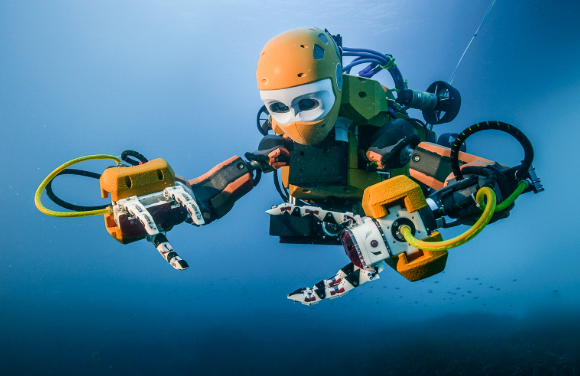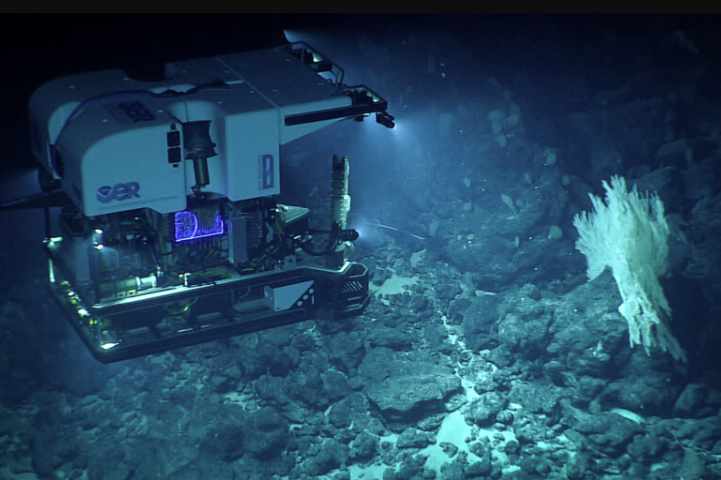
We've mapped distant planets with astonishing detail, yet over 80% of our own planet's vast ocean remains uncharted and unexplored. The crushing pressures, perpetual darkness, and extreme remoteness of the deep sea have historically rendered it as inaccessible as outer space. But a new breed of technologically advanced machines is shattering these barriers: Ocean Exploration Robots. More than just remotely operated eyes underwater, these sophisticated platforms, increasingly imbued with powerful artificial intelligence (AI), are acting as the tireless explorers and crucial data-gatherers unlocking the profound secrets of our last great frontier. They aren't just seeing the abyss; they're understanding it, revolutionizing science, protecting ecosystems, and revealing resources fundamental to humanity's future. The era of the deep ocean explorer has arrived, and its primary vessel is robotic.
The Remarkable Evolution of the Ocean Exploration Robot
Humans have sought to probe the ocean depths for centuries, but reliable, deep-diving robotic technology is a relatively recent phenomenon. Early attempts involved crude diving bells and tethered submersibles with minimal capabilities.
From Bathyscaphe to Autonomy: Key Milestones
The journey to modern Ocean Exploration Robots is marked by incredible feats of engineering:
Trieste's Deep Dive (1960): Jacques Piccard and Don Walsh reached the Challenger Deep (Mariana Trench) in the bathyscaphe Trieste – a human-occupied milestone proving deep exploration was possible, though risky and cumbersome.
The Rise of ROVs (Remotely Operated Vehicles - 1970s onwards): Tethered robots like the iconic Jason and ROV Hercules developed at institutions like the Woods Hole Oceanographic Institution (WHOI), revolutionized deep-sea operations. Controlled from the surface via an umbilical cable providing power and real-time video/data feed, they became essential tools for scientific research, deep-sea archaeology (like Titanic exploration), and offshore oil/gas industries. Their limitation: the tether limits range and mobility.
The Emergence of AUVs (Autonomous Underwater Vehicles - 1990s onwards): Untethered robots, pre-programmed or operating with growing autonomy, offered a paradigm shift. Pioneering AUVs like the ABE (Autonomous Benthic Explorer) and modern successors (REMUS, Sentry, Boeing Orca) could roam freely for hours or days, mapping vast swathes of seabed, collecting sensor data without constant human control. This freed them from surface ship constraints but required sophisticated onboard navigation and decision-making.
The Hybrid Era: ROUVs & AI Integration (21st Century): The lines blurred. Tethered ROVs gained more autonomy for tasks like station-keeping or obstacle avoidance. AUVs became capable of remote intervention tasks (Hybrid ROVs or HROVs like WHOI's Nereus). Crucially, AI began permeating both classes, enabling real-time image analysis, adaptive mission planning, and even basic "scientific reasoning" underwater.
Today's most advanced Ocean Exploration Robots combine the best of human oversight and machine intelligence. They can navigate treacherous underwater terrain, identify scientifically interesting features autonomously, and even make basic decisions about sample collection – all while streaming data to researchers who might be thousands of miles away.
How Modern Ocean Exploration Robots Work: Breaking Down the Technology
Understanding the components and capabilities of these robotic explorers reveals why they're revolutionizing ocean science:
Core Systems and Capabilities
Pressure-Resistant Design: Titanium housings and syntactic foam enable operation at depths exceeding 6,000 meters (some specialized models reach 11,000m).
Propulsion & Maneuvering: Thrusters provide precise movement in 3D space, often with dynamic positioning to maintain station in strong currents.
Sensor Suites: Multibeam sonars, HD cameras (often with zoom and low-light capabilities), chemical sensors, magnetometers, and more create comprehensive environmental snapshots.
Manipulator Arms: Some models feature dexterous arms for sample collection, equipment deployment, or light intervention tasks.
Data Processing: Onboard computers running machine learning algorithms can identify marine species, geological features, or man-made objects in real-time.
Power Systems: The Lifeline Below
ROVs typically draw power through their tethers, while AUVs rely on advanced battery systems (lithium-ion, fuel cells) or even experimental technologies like underwater docking stations for recharging. Endurance ranges from hours for complex ROV operations to months for simpler AUV survey missions.
Revolutionary Applications: Where Ocean Exploration Robots Are Making an Impact
Scientific Discovery
From hydrothermal vent ecosystems to deep-sea coral communities, robots have revealed biodiversity hotspots that rewrite our understanding of life's extremes. The 2017 discovery of the E.T. Sponge (a bizarre stalked sponge resembling the alien from the movie) by the ROV Doc Ricketts exemplifies these biological revelations.
Climate Research
Robotic platforms monitor crucial climate indicators like deep ocean temperatures, acidification levels, and carbon sequestration processes in marine sediments – data essential for climate modeling.
Marine Archaeology
The 2021 robotic survey of Shackleton's Endurance shipwreck in Antarctica demonstrated how ROVs can document historically significant sites without disturbing them. Similar technologies have explored ancient trade routes and submerged cities.
Resource Exploration
While controversial, robots map polymetallic nodules, rare earth elements, and methane hydrate deposits that may become critical resources. Their ability to conduct detailed environmental assessments helps balance extraction with conservation.
Infrastructure Inspection & Maintenance
From oil rigs to undersea internet cables, robots perform inspections and repairs that would be dangerous or impossible for human divers. After hurricanes, they assess damage to offshore wind farms and pipelines.
The versatility of Ocean Exploration Robots makes them indispensable across sectors. Their ability to go where humans cannot – and stay longer, see clearer, and work tirelessly – transforms our relationship with the ocean.
The AI Revolution Underwater: How Machine Learning Supercharges Ocean Exploration Robots
Artificial intelligence represents the most significant leap forward in underwater robotics since the invention of the ROV. Modern systems employ AI in groundbreaking ways:
Computer Vision Breakthroughs
Advanced algorithms can now identify marine species with accuracy rivaling human experts. The FathomNet project, a collaborative effort between MBARI and other institutions, uses deep learning to classify millions of deep-sea images – accelerating discoveries that would take human researchers decades.
Adaptive Mission Planning
AI enables robots to modify their survey patterns based on real-time findings. If a robot detects an unusual temperature anomaly or biological concentration, it can autonomously decide to investigate further rather than rigidly following pre-programmed paths.
Predictive Maintenance
Machine learning models analyze performance data to predict component failures before they occur, crucial for preventing catastrophic failures during deep dives where retrieval might be impossible.
Swarm Intelligence
Experimental projects deploy multiple AUVs that communicate and coordinate like a school of fish, covering vast areas efficiently. The EU's CADDY project demonstrated how robot teams can work together for complex tasks.
These advancements mirror similar progress in space exploration robotics, where AI enables greater autonomy in extreme environments.
Challenges and Future Directions for Ocean Exploration Robots
Technical Hurdles
Communication Limitations: Radio waves don't penetrate water effectively, forcing reliance on acoustic signals with limited bandwidth.
Energy Constraints: Despite improvements, power remains a limiting factor for long-endurance missions.
Navigation Difficulties: GPS doesn't work underwater, requiring complex inertial navigation systems that accumulate error over time.
Environmental and Ethical Considerations
Increased robotic presence raises questions about disturbing sensitive ecosystems. The scientific community debates protocols to minimize impact while maximizing discovery potential.
The Road Ahead: Exciting Developments
Soft Robotics: Flexible, biomimetic designs that can gently interact with delicate marine life.
Autonomous Oceanographic Networks: Fleets of robots working in concert with moored sensors and surface drones.
Deep-Sea Charging Stations: Underwater docking infrastructure for extended missions.
Advanced Materials: Self-healing polymers and pressure-adaptive structures for greater resilience.
As these technologies mature, Ocean Exploration Robots will become even more capable partners in unraveling the ocean's mysteries. Their evolution parallels breakthroughs in cave exploration robotics, demonstrating how robotic platforms adapt to Earth's most challenging environments.
Frequently Asked Questions About Ocean Exploration Robots
The most advanced systems can reach the deepest parts of the ocean. The DSV Limiting Factor submersible (which carries robotic systems) and the Nereus hybrid ROV have both reached the Challenger Deep at approximately 11,000 meters (36,000 feet). However, most operational ROVs and AUVs are designed for depths between 1,000-6,000 meters, which covers the majority of scientifically and commercially interesting areas.
While they share some technologies, scientific Ocean Exploration Robots prioritize precise maneuverability, extensive sensor packages, and sample collection capabilities over stealth or weapons payloads. Their data is typically openly shared for research purposes rather than classified. However, some military-developed technologies eventually transition to scientific use, much like how space technology benefits Earth observation.
Not completely – at least not yet. While robots excel at deep or dangerous work, human divers still outperform them in complex manipulation tasks and improvisation in unpredictable situations. The future likely involves more human-robot collaboration, with robots handling extreme depths and repetitive tasks while humans focus on higher-level decision making and tasks requiring exceptional dexterity.
Prices vary dramatically based on capabilities. Simple inspection-class ROVs might cost $50,000-$200,000, while full-ocean-depth scientific systems can exceed $5 million. The most advanced AUVs with cutting-edge AI capabilities often fall in the $2-10 million range. However, these costs are decreasing as technology becomes more accessible, and many institutions now offer robotic services rather than requiring outright purchase.
Conclusion: The Essential Role of Ocean Exploration Robots in Our Future
As we stand at the threshold of what some call the "Blue Acceleration" – the increasing focus on ocean resources and spaces – Ocean Exploration Robots have become indispensable tools for responsible stewardship. They allow us to study climate change impacts, discover new species, protect vulnerable ecosystems, and explore resources with minimal environmental disturbance.
Perhaps most importantly, these robotic systems are democratizing ocean access. Where once deep-sea exploration required massive government or corporate budgets, smaller research institutions and even some developing nations now deploy capable robotic systems. This decentralization promises more diverse perspectives in ocean science and policy.
The next decade will see Ocean Exploration Robots become smarter, more connected, and more autonomous. As they do, they'll help answer fundamental questions about our planet while providing the knowledge needed to balance human needs with ocean health. In the profound darkness of the deep, these mechanical explorers shine a light on Earth's last great frontier.


